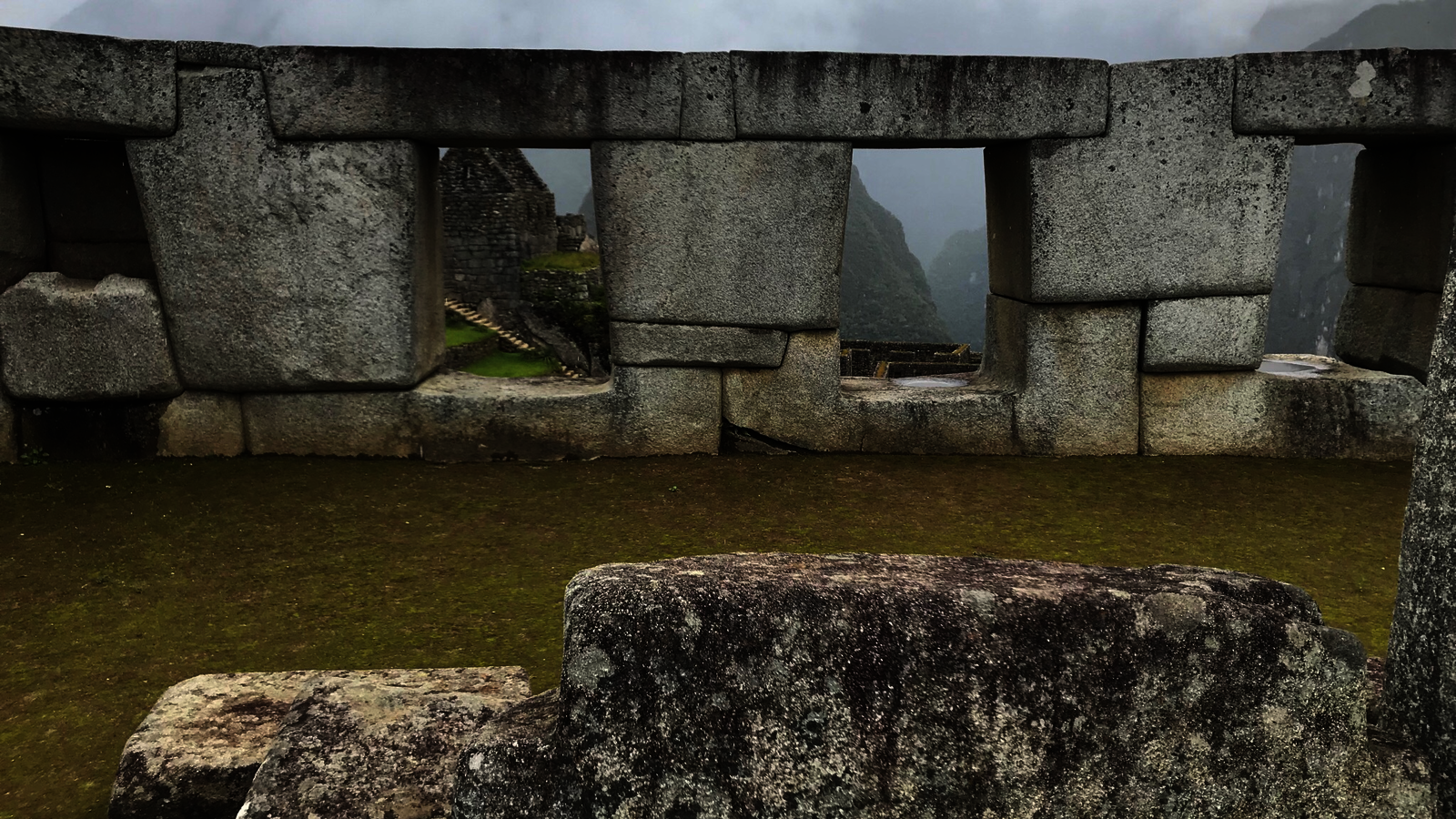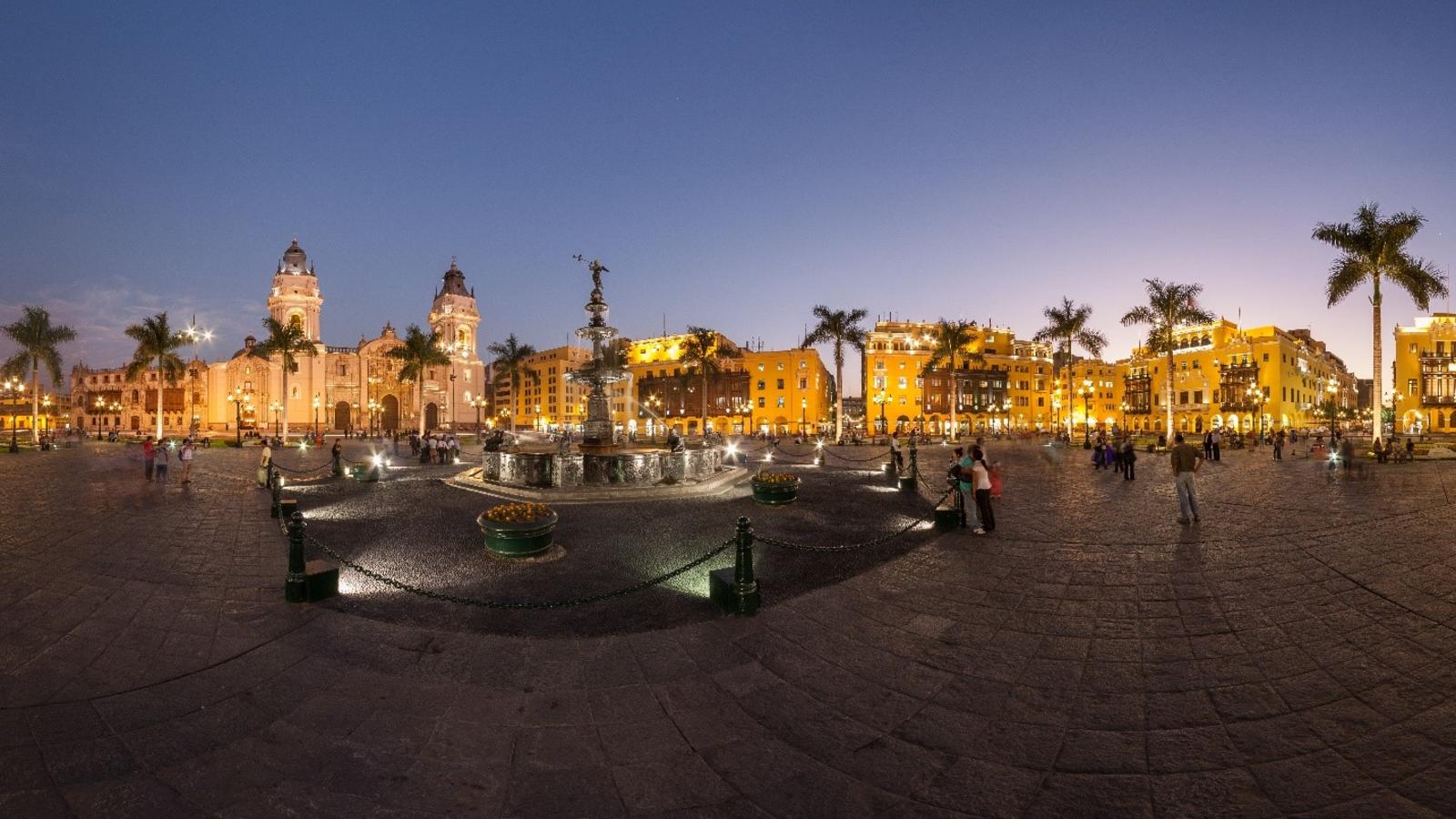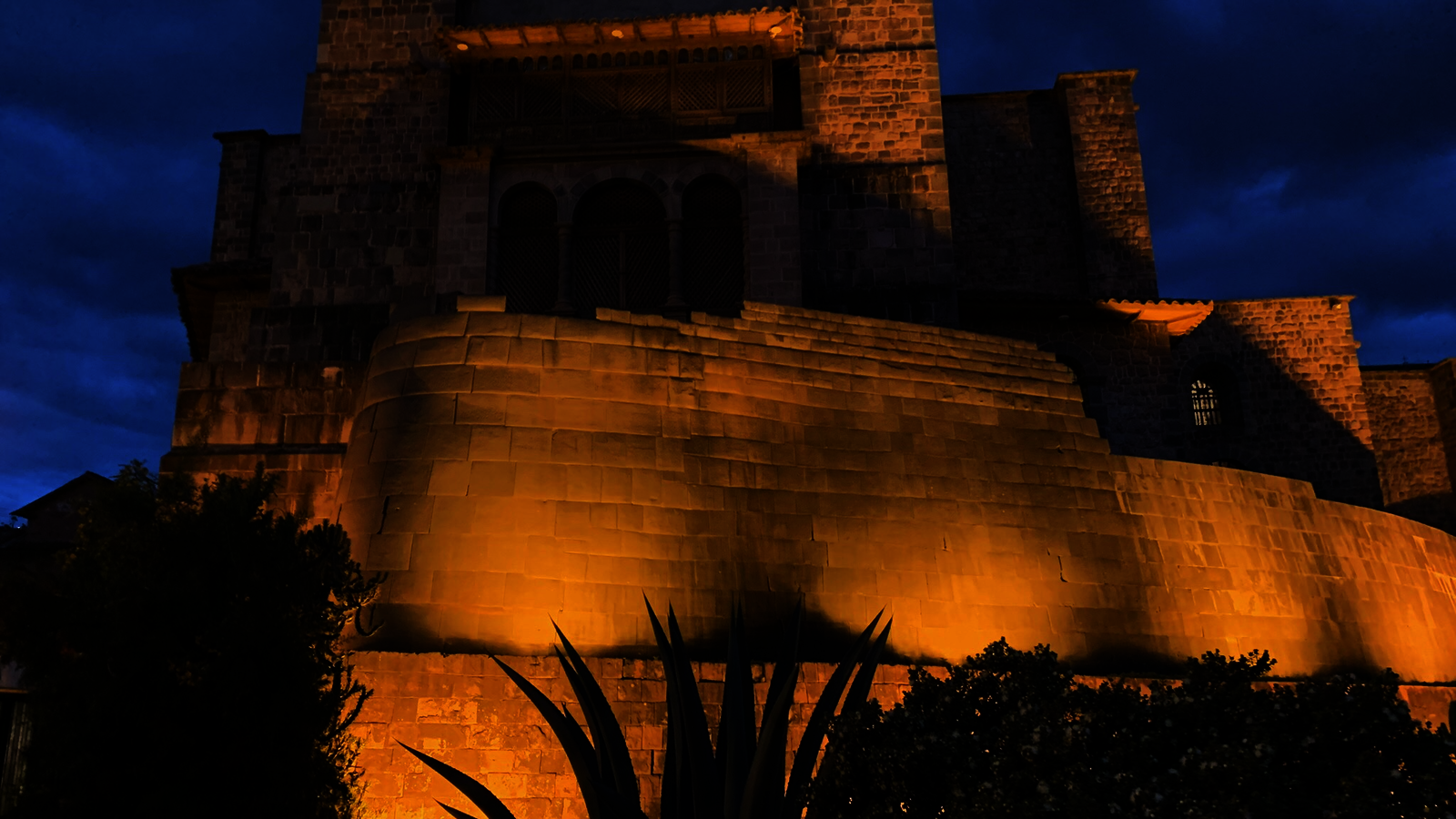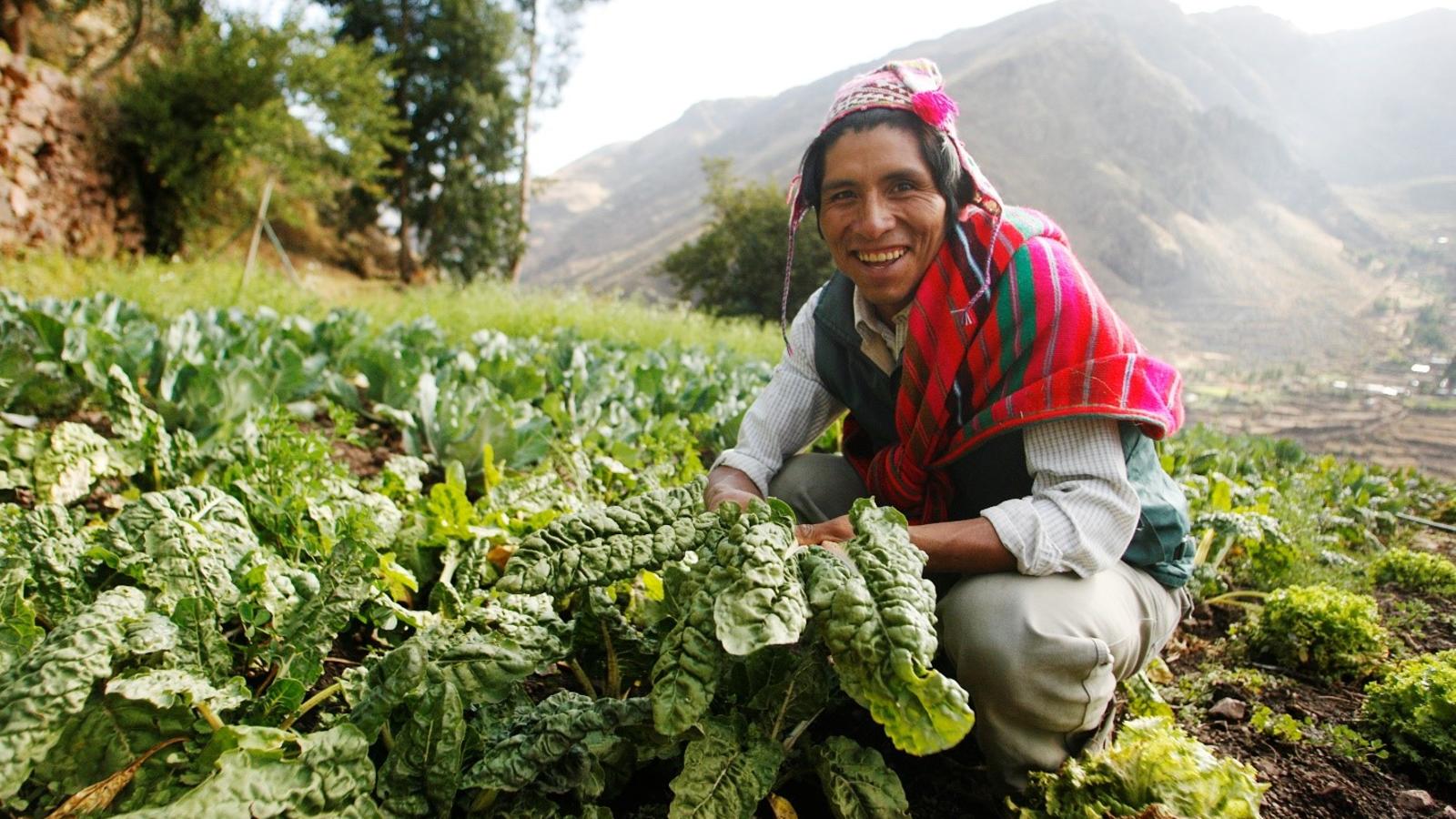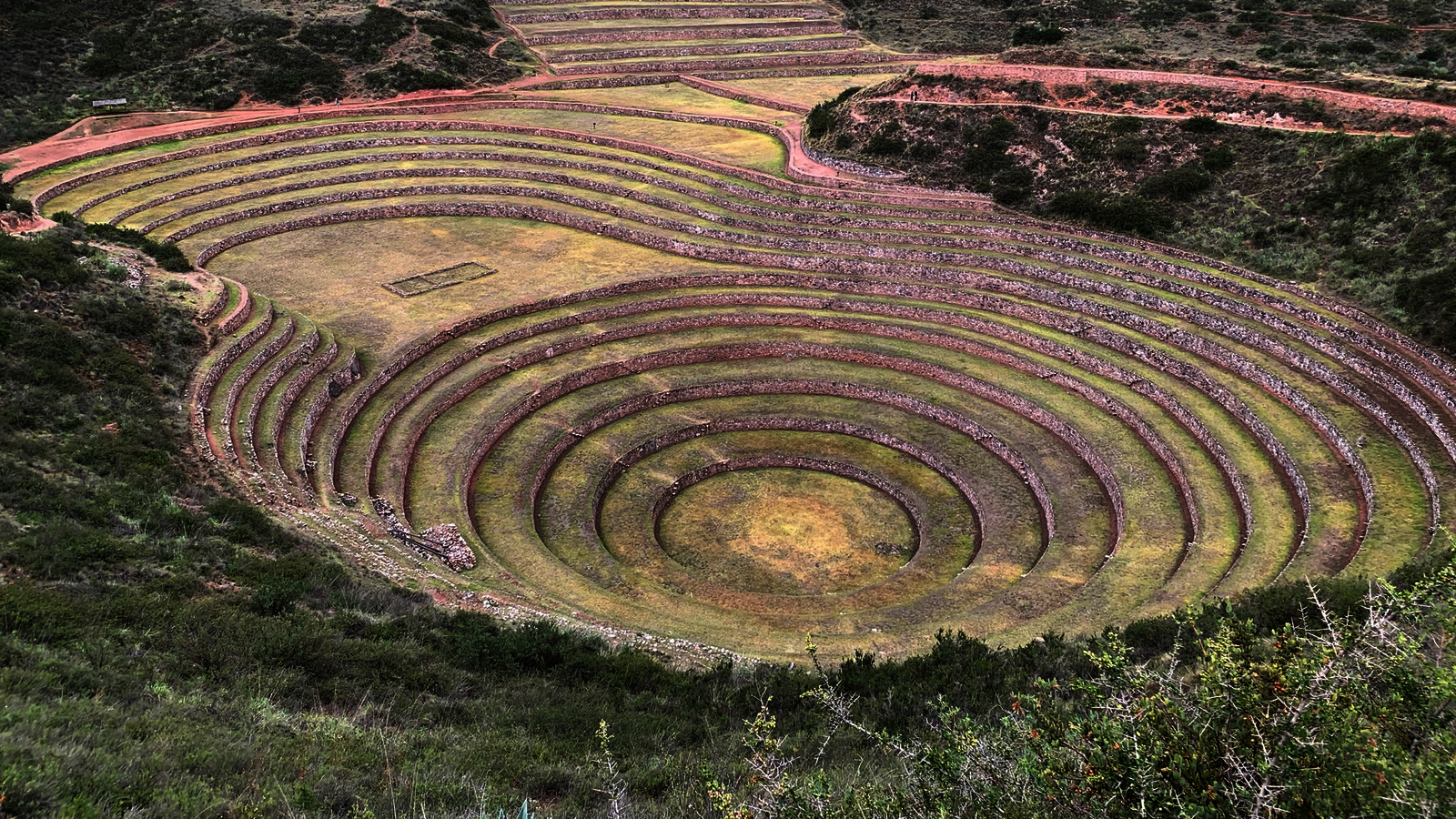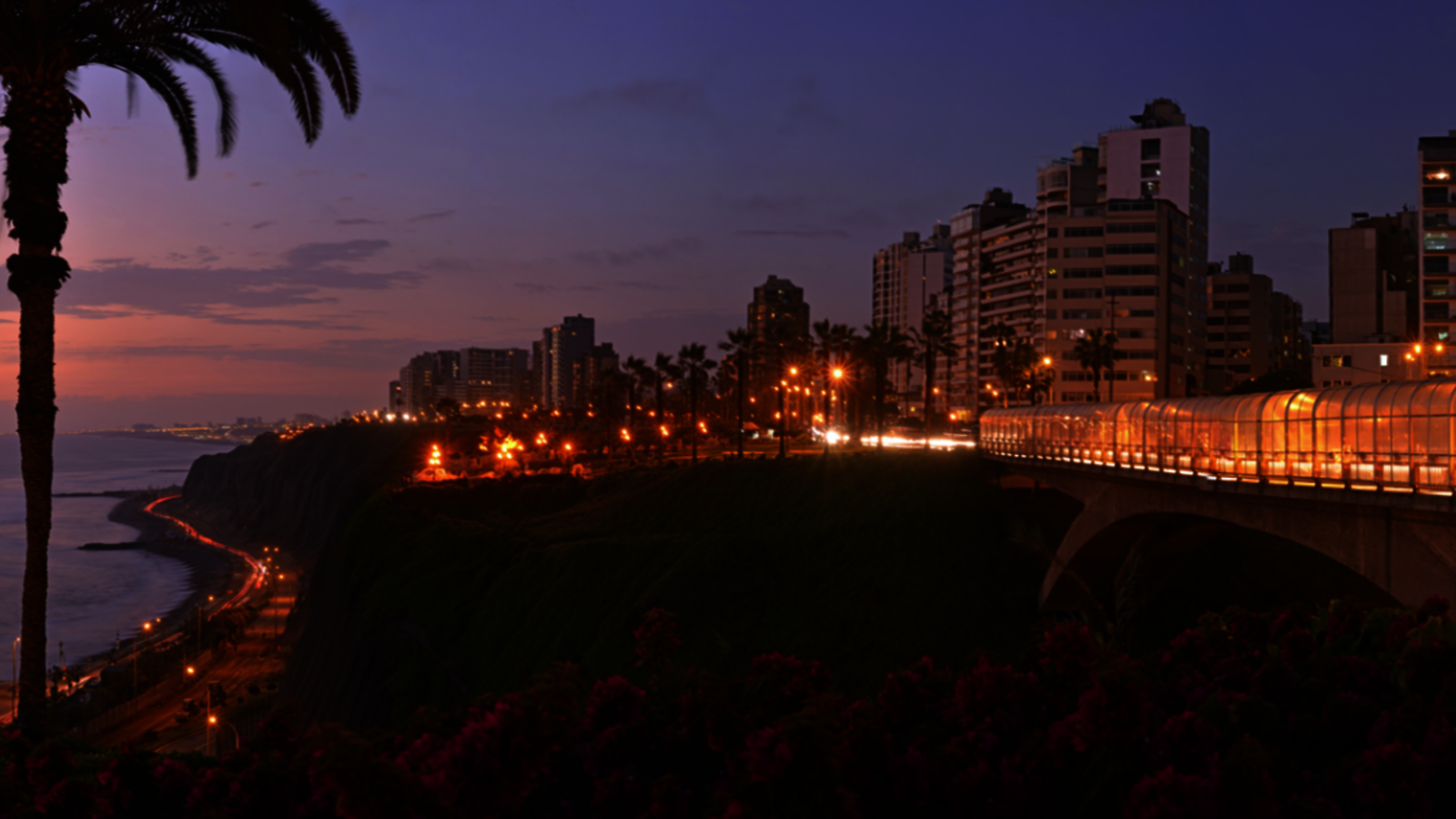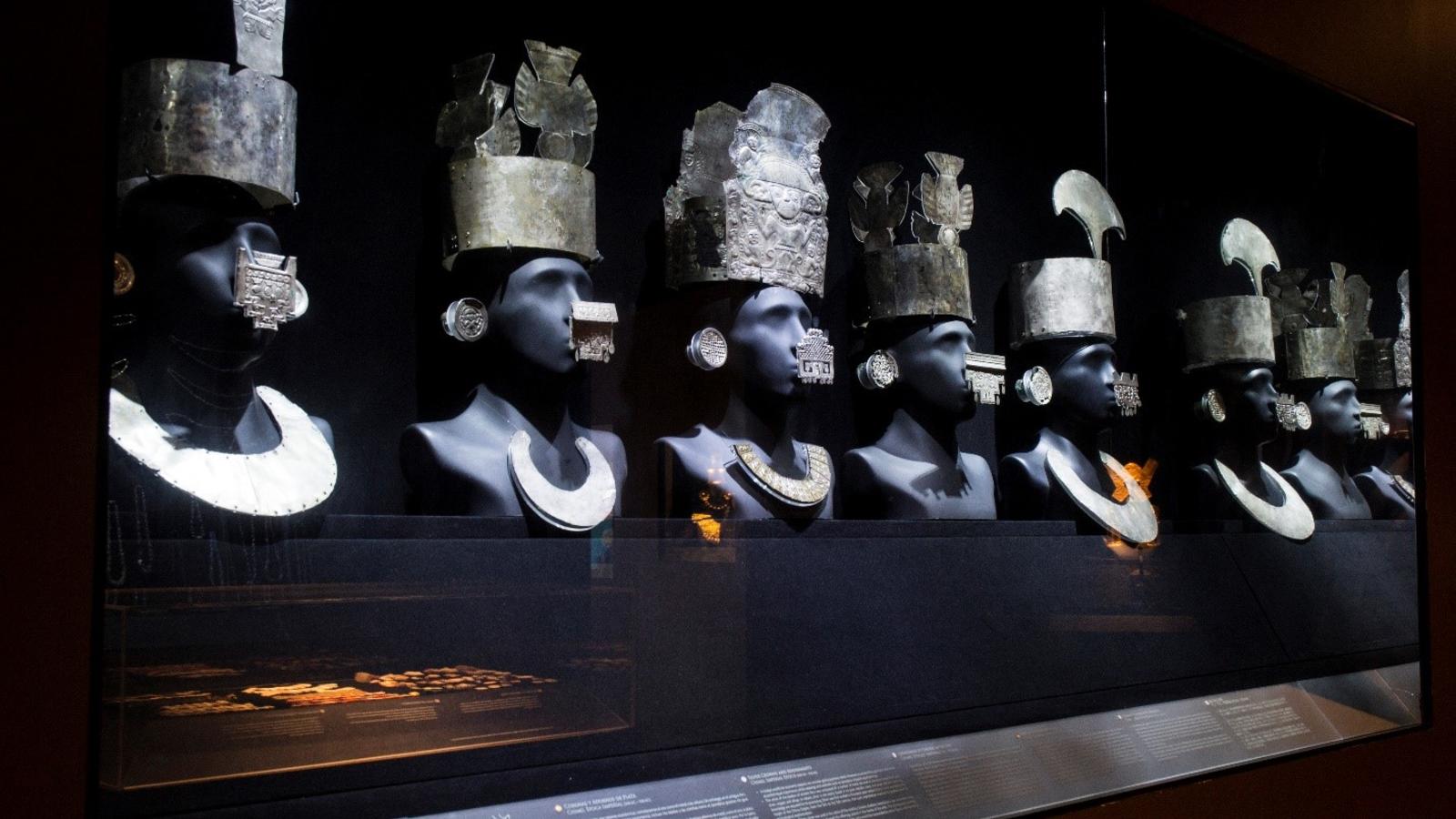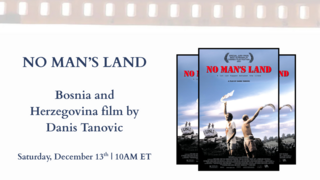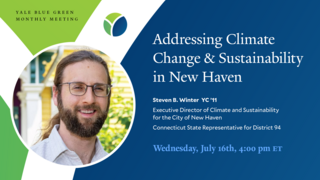In a few days, a group of Yale alumni and I will head to Peru for Yale Educational Travel’s program: The Amazon, the Sacred Valley of the Inca, and Machu Picchu, March 10-21, 2019.
In preparation for that trip, I visited this past December to explore the sights and activities I want to share with our alumni group in March. My trip coincided with the rainy season that blankets the Cuzco region, and I had such a great time — all while thinking ahead to my travels in the coming days. For U.S. travelers, it is surprisingly accessible — it’s in the Eastern time zone, so the jet lag of much international travel just isn’t an issue.
Although I’ve taught Inca architecture for many years, I was amazed to find new discoveries this time and to realize that there is still so much to see on the next trip. Peru offers a wealth of colonial art and adaptation, particularly in Cuzco. I walked down streets that the Inca walked, and where Pizarro would later step. I breathed in a history that I had not experienced, but that felt so alive and accessible in the present moment.
I climbed to the top of Huayna Picchu, the mountain that overlooks Machu Picchu, and arrived as the peak opened onto a stunning view of the city and a rainbow flickered in and out of sight. In fact, the peekaboo rain and clouds kept the crowds and the sunburn at bay. This UNESCO World Heritage site is a fantastic ancient city to see.
Not too far away is Ollantaytambo, where the Inca made their last stand against the Spanish. It is just astoundingly beautiful and made of a pink granite strangely like that quarried in Connecticut!
It’s difficult to imagine the experience of traveling back in time when one visits Peru. The sacred world of the ancient Inca is still very present even amid modern city life. The country is home to a complex web of indigenous worldviews and cultures dating back millennia. It’s the place where chocolate, potatoes, and quinoa were first domesticated, and where weaving was first invented in the new world.

